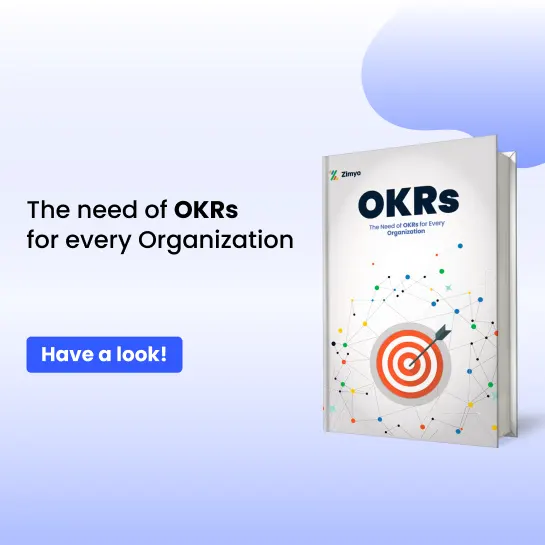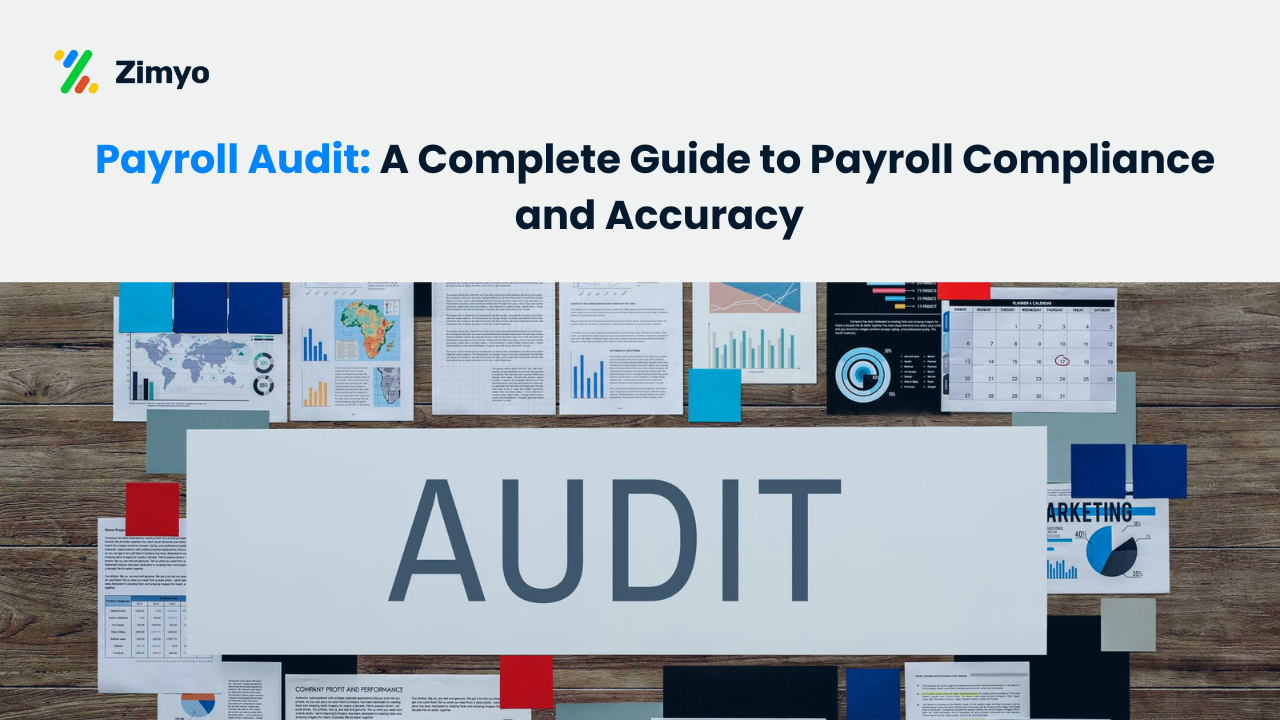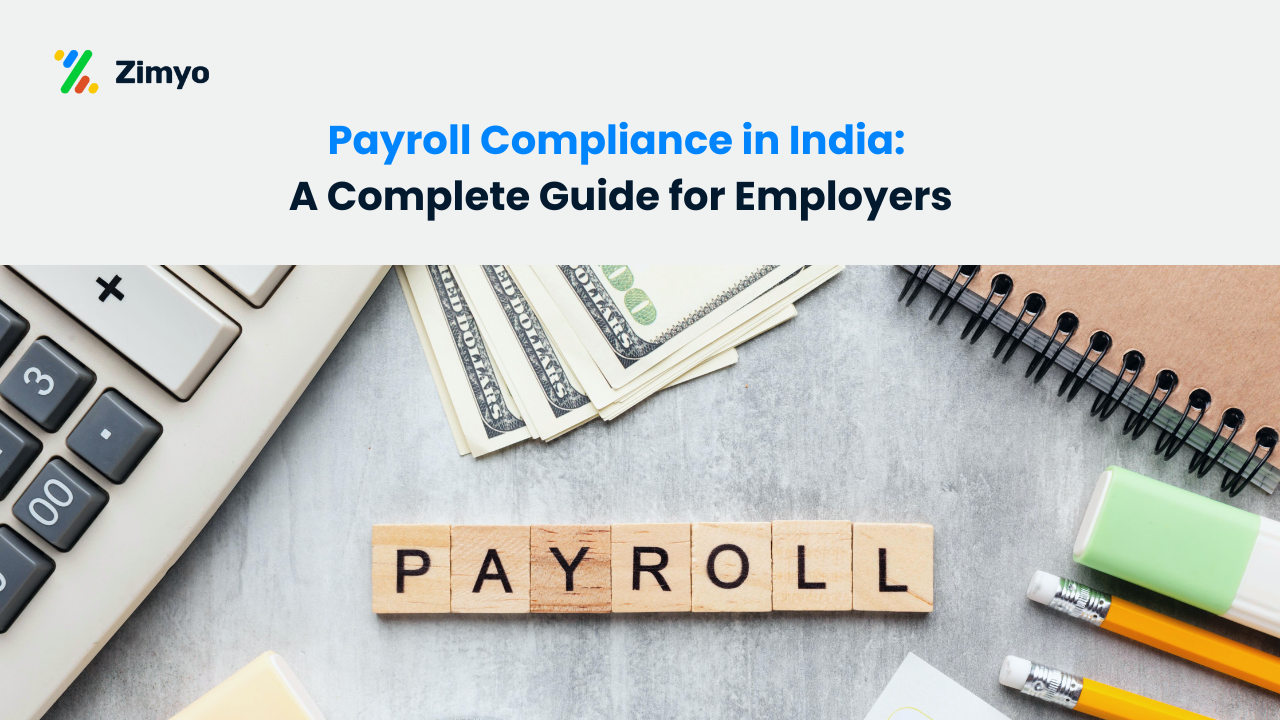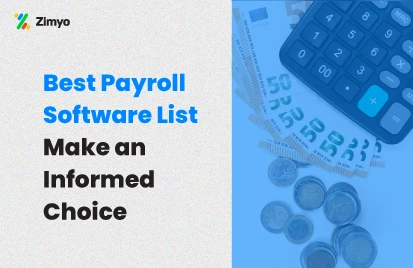The COVID-induced pandemic has us battling for our lives not just medically. People thrive for every penny they can acquire. With the reduced demand in the market, most companies suffered enormous losses. And how do you pay your employees if you cannot earn enough to suffice even yourself? Quite obviously, the employees suffered losses, too. Most employees lost their means of livelihood because of limited resources in their firm. The hiring process became stagnant. COVID presented challenges that threatened the livelihood of a majority of the population. People spent the last of their money to maintain their lifestyle and percent of poverty took a hike. The number of bankrupt businesses rose and unemployment prevailed. But how COVID Changed the Salary Structure for employees? Established that almost every organization suffered a loss in their business, the salary structure transformed to suit both the employer and the employee.
One of the most preferred transformations in the salary structure was to increase the share of variable pay in the payroll. The ratio of fixed pay to variable pay was severed and employee dissatisfaction emerged alarmingly.
To fight the storm brought on by COVID, the organizations had to redefine the salary structure for the employees. The idea was to design a plan that could be fair to both the organization and the employee. While some might argue that this was achieved, there is no straight answer. Earlier, the payroll consisted of majority fixed pay which was solely based on the attendance of the employees. But, the variable pay meant a salary based on how the employees perform in a given period. Performance appraisals became an even bigger deal than in the pre-pandemic era. As the variable pay occupied a larger share in the payroll, the employees had to change the ways they worked. They have to ensure immeasurable productivity to battle the uncertainty of their payroll.
Challenges presented by variable pay
Some of the challenges presented by variable pay include:
- The employees never have a clue about how their next paycheck is going to look like. This presents challenges in maintaining a household budget and might inflict a lot of stress on the employees. Productivity does not go with stress at all, hence, the quality of work may suffer.
- Variable pay poses a challenge in securing credits from banks like loans, mortgages, etc.
- Saving becomes a far-fetched dream.
- In case of any emergency need of resources, variable pay can mean incompetence in handling difficult situations.
Such challenges in an employee’s life can reduce their enthusiasm and productivity in work. Pushing a business forward with distracted employees is impossible. But there’s a good and bad side to everything. While variable pay can pose a multitude of challenges for the employees, it can help them and the organization in a few ways, too.
Benefits:
Even though COVID changed the salary structure of the employees, there are a few benefits that variable pay can endow. They are as follows:
- It can help to control costs in an organization. Paying for performance is ideal; you are paying what deserves to be paid for and all extra expenses cease.
- When the majority of an employee’s payroll depends on the quality of work presented, they would try to work as hard as they can. This would mean that more targets would be achieved in a given time and the employees would be more precise in their work.
- Talent retention would come in handy. Only the skilled and the capable would be able to thrive in an organization that pays for performance. If an employee is not able to live up to the expectations, it would either mean a low income for them or a layoff.
- The employees would feel more valued when they see a better income after working hard for it. It would motivate them to keep working tremendously.
- Talent acquisition improves as only the candidates who are confident in what they are capable of would want to enroll for an organization with a variable salary structure.
- It encourages the employees to regularly brush up on their skills and contributes to their overall development in personal as well as professional life.
Making such a decision for your employees’ salary structure has to be well consulted but in the pandemic era, there is quite certainly, no better option. Most companies made variable pay the rule rather than the exception because it was in the best interests of their business.
At the end of the day, if a business does well with such a salary structure, it is mostly a win-win. Unfortunately, some employees would beg to differ. Such employees must learn how to deal with a pay cut in the COVID-pandemic with a few simple steps:
- Consider the possibility of a pay cut- Regularly evaluating your progress in the workplace can provide an idea about how your next income is going to look like. Necessary decisions can be taken accordingly.
- Control EMIs- If your payroll is tight, then you must avail a moratorium on your EMIs which would give you time to prepare and save for later.
- Cease Investments- With a drastically variable payroll, you must cease investing in areas that could wait. After all, prevention is better than cure.
COVID has changed the salary structure for the employees in a certain way. The pandemic has asked the employers to adjust as much as the employees. Hence, it is important to keep an open mind and tackle this evil with harmony and unity.






